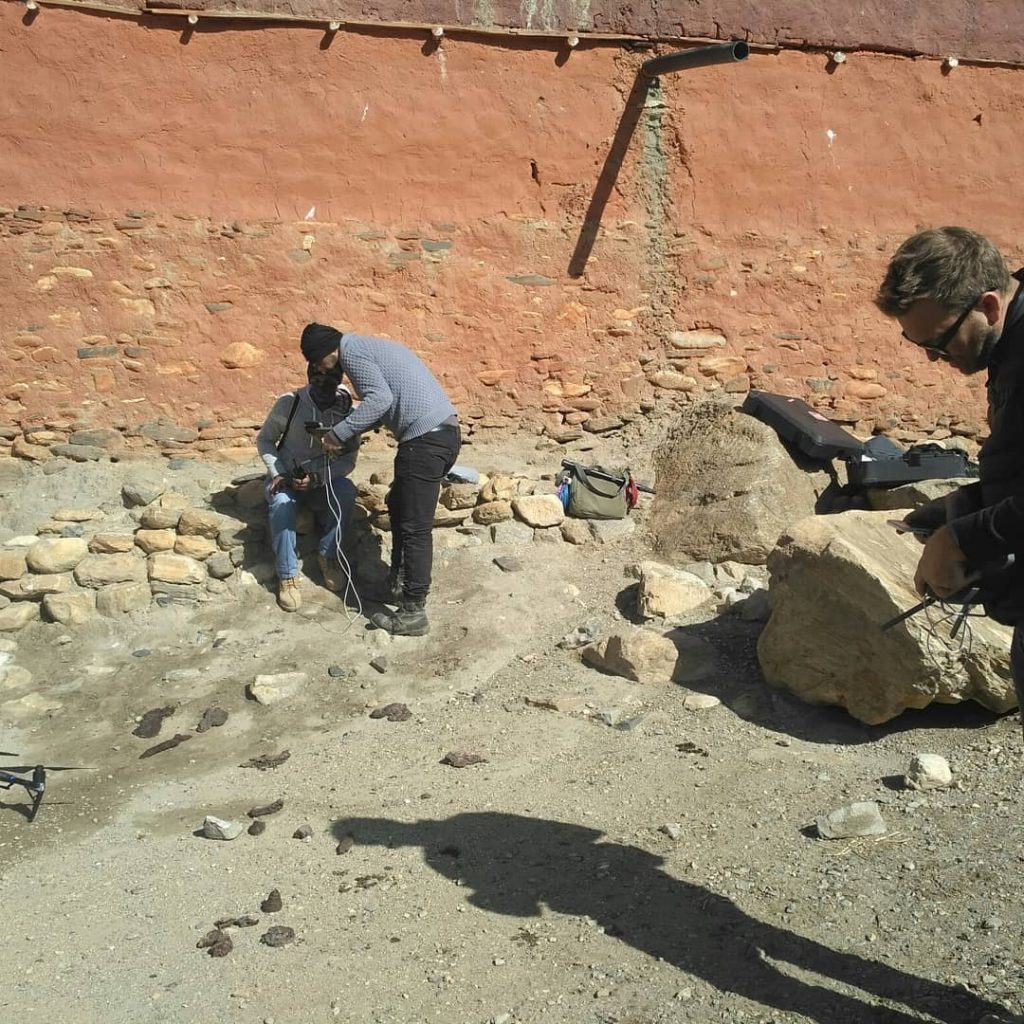Obtaining a film permit in Nepal for documentary films, short films, and television commercials (TVCs) involves similar procedures but may vary slightly depending on the nature and scope of the project. Here’s a general guide on how to obtain a film permit for each type of production:
- Documentary Film Permit:
- Identify the Permitting Authorities:
Contact the Ministry of Information, Communication, and Technology (MOICT) through its Film Development Board (FDB) to inquire about documentary film permits. - Research Requirements:
Understand the specific requirements and regulations for filming documentary content in Nepal, including documentation, fees, and restrictions. - Prepare Your Application:
Gather all necessary documents and information required for the permit application, including a detailed project proposal, crew details, shooting locations, and equipment list. - Submit Your Application:
Submit your completed permit application to the FDB or the relevant authorities. Ensure that you include all required documentation and pay any applicable fees. - Wait for Approval:
Wait for the authorities to review and approve your permit application. Be prepared to provide additional information or address any concerns raised during the review process. - Receive Your Permit:
Once your application is approved, you’ll receive an official documentary film permit outlining the conditions and restrictions for filming in Nepal.
- Short Film Permit:
-
- Follow the same steps as for a documentary film permit, adjusting the project proposal and documentation to reflect the specific requirements of a short film.
- Television Commercial (TVC) Permit:
- Identify the Permitting Authorities:
Contact the relevant advertising agencies or production companies in Nepal to inquire about TVC permits. They can provide guidance on the permitting process and requirements. - Research Requirements:
Understand the specific regulations and guidelines for filming TVCs in Nepal, including permits, fees, and advertising standards - Prepare Your Application:
Work with the advertising agency or production company to gather all necessary documents and information required for the permit application, including the script, storyboard, shooting locations, and talent details. - Submit Your Application:
Submit the completed permit application to the relevant authorities, which may include the FDB, the Department of Information, or other regulatory bodies. - Wait for Approval:
Wait for the authorities to review and approve your permit application. Be prepared to make any necessary revisions or address any concerns raised during the review process. - Receive Your Permit:
Once your application is approved, you’ll receive an official TVC permit outlining the conditions and restrictions for filming the commercial in Nepal.
- Identify the Permitting Authorities:
In all cases, it’s essential to comply with local regulations, obtain necessary permits, and work closely with local authorities, production partners, and communities to ensure a successful and respectful production process.




